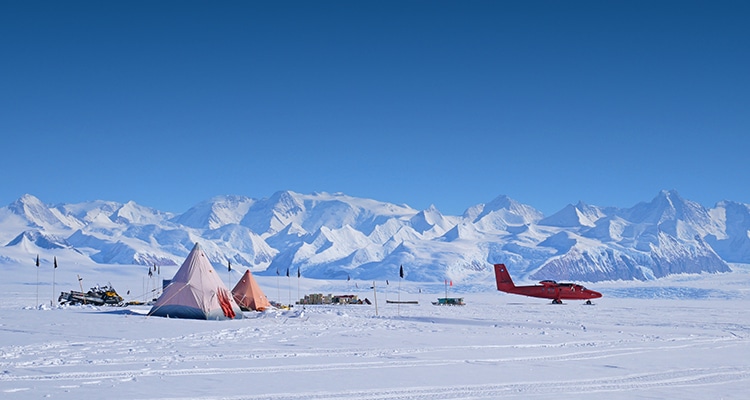Earth never stops! Find out what exciting developments are happening from around the world.

Soils are critical to the health of our planet and essential for human, animal and plant life. they provide the nutrints and water required to grow food; they also support biodiversity and help to regulate climate, floods and droughts. However soils- and the many varied benefits they provide to humans and wildlife- are at risk from changes in climate and land use.
Soils are crucial to any plans to reduce overall greenhouse gas emissions; they store huge amounts of carbon – an estimated 1,500 billion tonnes worldwide, which is more than in the atmosphere and vegetation combined.
Healthy soils can mitigate climate change. This could be directly, by ‘locking in’ and keeping soil carbon that would otherwise be released into the atmosphere as CO2 or methane, or indirectly, by supporting the growth of plants, which remove CO2 from the atmosphere via photosynthesis.
Conversely, certain land management practices such as drainage for agriculture and forestry use, inefficient application of fertiliser, over-tillage and livestock grazing can exacerbate soil degradation, causing the extensive release of soil carbon and limit plant growth. This leads to negative impacts on the ecological food chain and the amount of CO2 captured from the atmosphere.
Soils themselves are also affected by changes in rainfall patterns and higher temperatures caused by climate and land use changes.
Two NERC-funded research projects, LOCKE UP and a long-term soil experimental facility in Clocaenog, North Wales, led by UKCEH, look into these in detail.
To read more about this story, check out the Planet Earth website.

Landscapes in deglaciated areas are like time machines. By looking at the shape and size of landforms, interpretations about the former ice flow processes can be made. Wherever you see a drumlin (an elongated, teardrop shaped hill) you know a fast-flowing glacier used to be here. But how did they form and what can that tell us about present-day and future ice dynamics?
With ice flowing at more than one metre per day, Rutford Ice Stream in West Antarctica counts as fast flowing, and its bed is laced with elongated landforms. NERC fund research into understanding the link between these landforms and actual ice stream dynamics through the BEAMISH (Bed Access, Monitoring and Ice Sheet History) project.
The BEAMISH project aims are both academic and practical. The overall goal is to find out how Rutford Ice Stream has changed in the past and is flowing today. To do this scientists:
-Drill access holes to the bed of Rutford Ice Stream
-Sample and instrument the bed, ice and surface
-Find out when the ice sheet last disappeared
-Measure the temperature and straining of the ice
-See how water and sediment under the ice allow it to move fast
The project aims to improve our understanding of two aspects of this uncertainty: first, the past behaviour of the West Antarctic Ice Sheet (WAIS), and second, the flow of the fast ice streams that drain it. By choosing the right location, both these aims can be addressed within one project.
When completed, the project will give information on:
-An age for the most recent collapse of the ice sheet in this region
-The water system beneath the ice
-The thermal regime of the ice and bed
-The partition of ice motion between the three different flow mechanisms – sliding, ice deformation and bed deformation
Read the full story from Rebecca Schlegel on the Planet Earth pages.